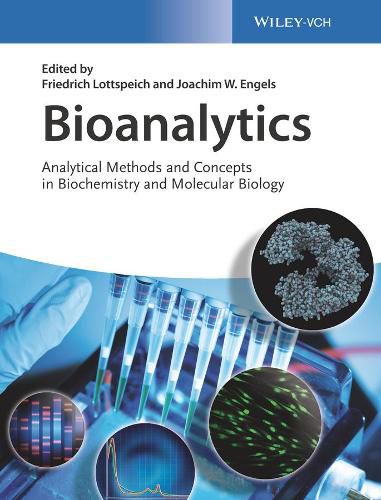Readings Newsletter
Become a Readings Member to make your shopping experience even easier.
Sign in or sign up for free!
You’re not far away from qualifying for FREE standard shipping within Australia
You’ve qualified for FREE standard shipping within Australia
The cart is loading…






Analytical methods are the essential enabling tools of the modern biosciences. This book presents a comprehensive introduction into these analytical methods, including their physical and chemical backgrounds, as well as a discussion of the strengths and weakness of each method. It covers all major techniques for the determination and experimental analysis of biological macromolecules, including proteins, carbohydrates, lipids and nucleic acids.
The presentation includes frequent cross-references in order to highlight the many connections between different techniques. The book provides a bird’s eye view of the entire subject and enables the reader to select the most appropriate method for any given bioanalytical challenge. This makes the book a handy resource for students and researchers in setting up and evaluating experimental research. The depth of the analysis and the comprehensive nature of the coverage mean that there is also a great deal of new material, even for experienced experimentalists.
The following techniques are covered in detail:
$9.00 standard shipping within Australia
FREE standard shipping within Australia for orders over $100.00
Express & International shipping calculated at checkout
Analytical methods are the essential enabling tools of the modern biosciences. This book presents a comprehensive introduction into these analytical methods, including their physical and chemical backgrounds, as well as a discussion of the strengths and weakness of each method. It covers all major techniques for the determination and experimental analysis of biological macromolecules, including proteins, carbohydrates, lipids and nucleic acids.
The presentation includes frequent cross-references in order to highlight the many connections between different techniques. The book provides a bird’s eye view of the entire subject and enables the reader to select the most appropriate method for any given bioanalytical challenge. This makes the book a handy resource for students and researchers in setting up and evaluating experimental research. The depth of the analysis and the comprehensive nature of the coverage mean that there is also a great deal of new material, even for experienced experimentalists.
The following techniques are covered in detail: